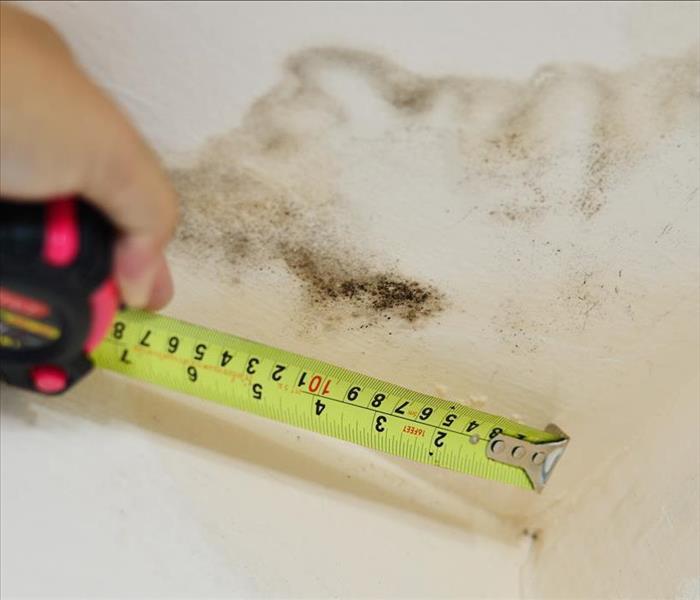Comparing and Contrasting Mold and Mildew
9/10/2021 (Permalink)
 Generally speaking, materials that have sustained mold damage will not be salvageable because the infiltration is not superficial.
Generally speaking, materials that have sustained mold damage will not be salvageable because the infiltration is not superficial.
As any homeowner in St. Charles, IL, can attest, the unwelcome appearance of mold and mildew might be a matter of when not if. Both can proliferate in many environments, needing only moisture and nutrition to colonize quickly. And while they share many similarities, there are some significant differences in how to remediate them once they’ve taken up residence. Mold damage is typically more serious than mildew.
Fungi Unknown Facts
There are roughly 100,000 known types of fungi throughout the world, and some are not only beneficial but also delicious, such as mushrooms. What makes them unique from other types of plants is that they digest their nutrition externally before absorbing it. Both mold and mildew are fungi and can thrive on porous materials found in homes such as:
• Paper
• Wood
• Walls
• Insulation
• Fabric
Mildew Versus Mold
Mildew is white, whereas mold can take on many colors, including red, green, blue, orange, and black, depending on the species. Because mildew stays on the surface of the material on which it grows, removing it can be simple if the surface can be scrubbed with a cleaning solution in a well-ventilated area. Mildew can be thought of as a nuisance and a benign indication that there is too much moisture collecting in a given area.
Mold damage, on the other hand, infiltrates porous surfaces that have been exposed to excessive humidity or water, and it is more challenging to remediate. It is best to allow professionals to step in and make an assessment. The first step is to identify the source of moisture and address it. Materials like wallpaper and drywall are likely to require replacement. Once the mold growth has been removed, there are products on the market that inhibit regrowth, such as specially treated drywall and paints.
Generally speaking, materials that have sustained mold damage will not be salvageable because the infiltration is not superficial. Keeping a home as dry as possible can inhibit mold and mildew growth.





 24/7 Emergency Service
24/7 Emergency Service